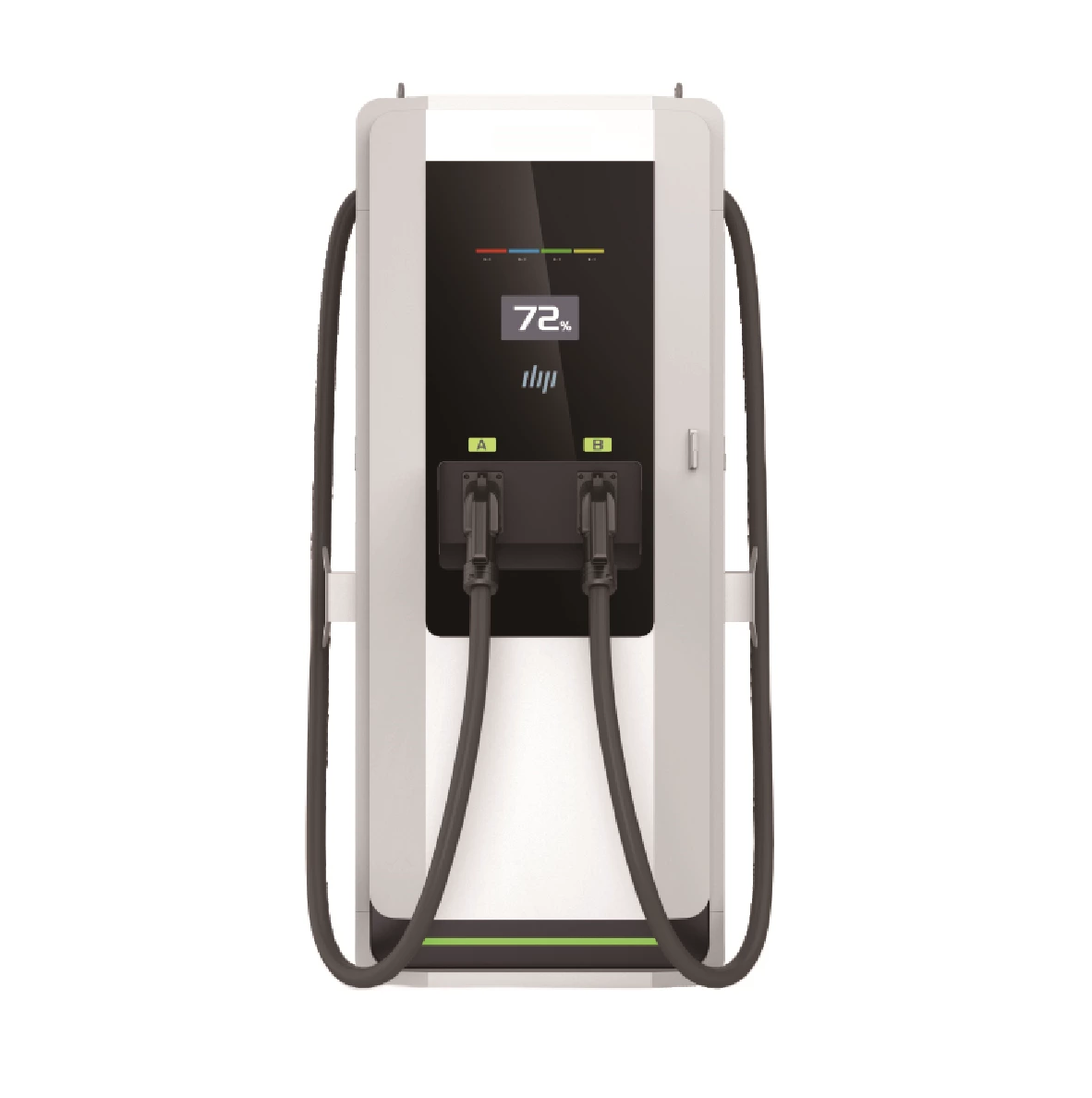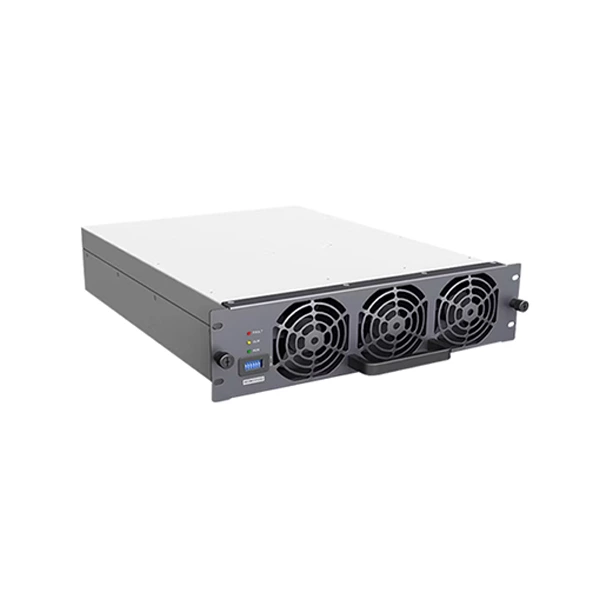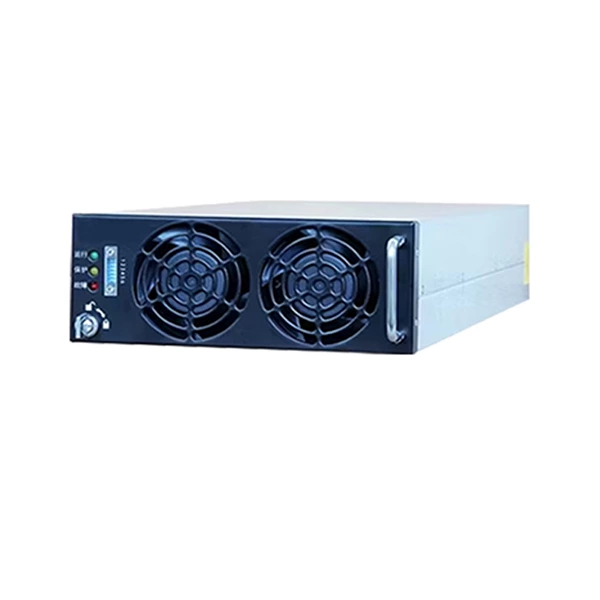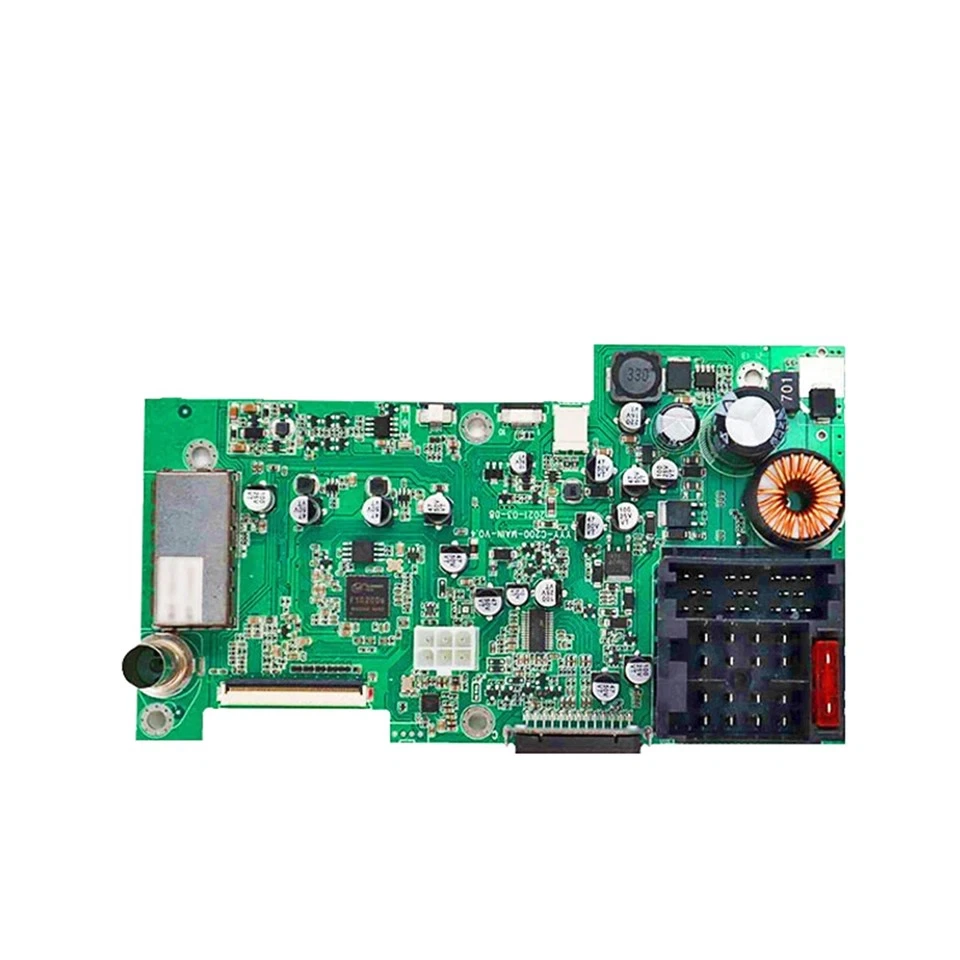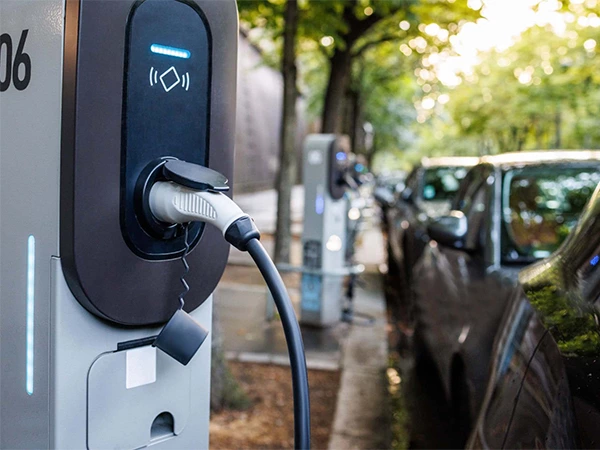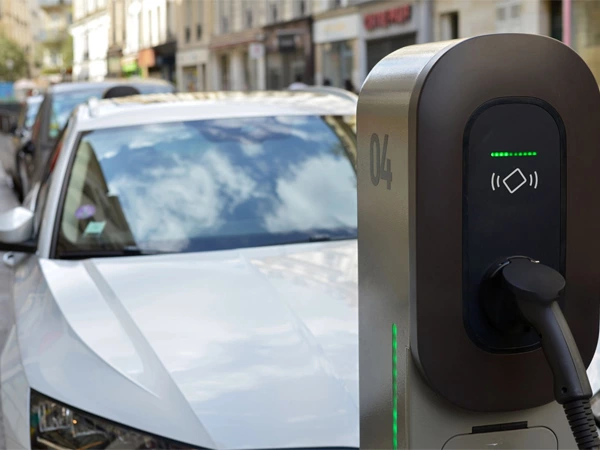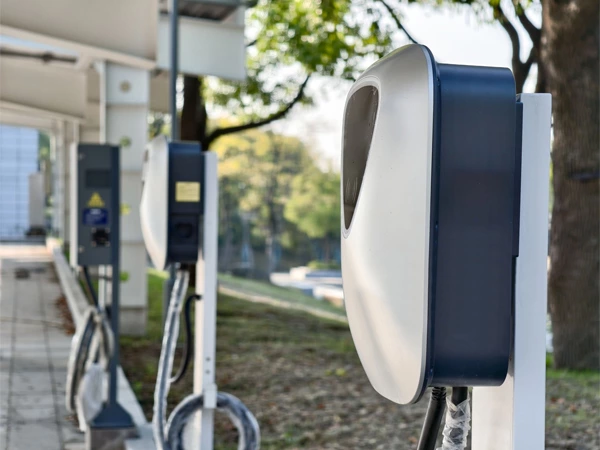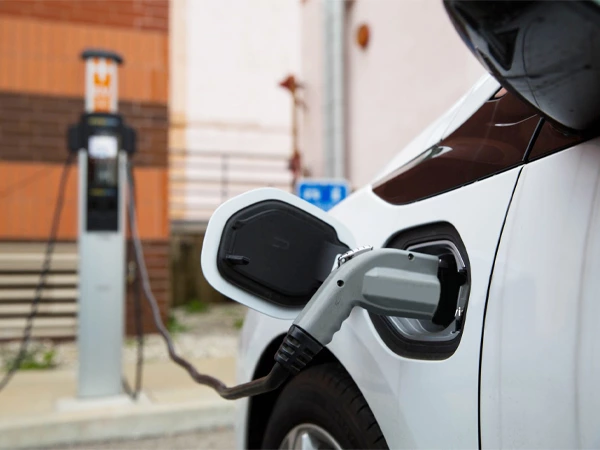Solutions to Enhance Charging Efficiency in Frigid Regions: From Battery Management to Charger-End Adaptation
I. Why is Low Temperature the "Natural Enemy" of Electric Vehicles?
In environments below -20°C, the chemical activity of lithium-ion batteries significantly decreases, leading to reduced charging efficiency, shortened driving range, and even safety hazards. According to data from the U.S. Argonne National Laboratory:
• Charging speed: At -30°C, battery charging power drops by 60%-70%.
• Range attenuation: Under the same battery capacity, driving range decreases by over 40%.
• Lifespan loss: Frequent low-temperature charging can shorten battery cycle life by 20%-30%.
II. Three Technical Challenges of Charging in Extreme Cold
1.Battery Preheating: How to Rapidly Raise Temperature Without Damaging Cells?
• Defects of traditional solutions: Low efficiency of external heating blankets (>30 minutes) and uneven temperature distribution.
• Innovative technologies:
a. Bidirectional pulse heating: Applying high-frequency alternating current to the battery through the motor controller to heat from the inside out (warming from -30°C to 0°C in 5 minutes).
b. Liquid cooling loop preheating: Charging piles equipped with heat pumps heat coolant to 50°C before circulating it to the battery pack (Tesla BMS patented technology).
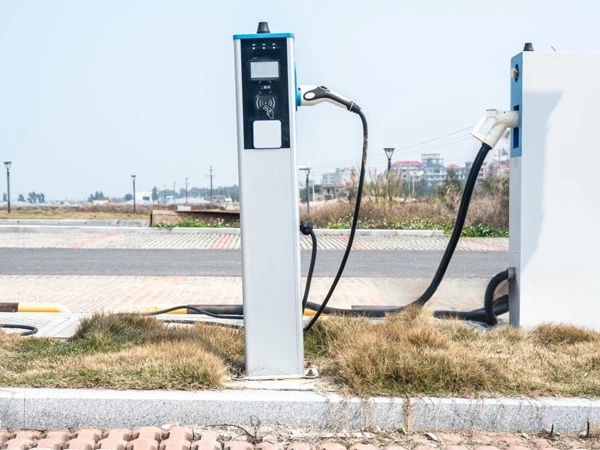
2.Dynamic Power Compensation of Charging Piles
• Problem: Battery internal resistance increases in low temperatures. Forced full-power charging can easily cause overheating or lithium plating.
• Solutions:
a. AI power regulation algorithm: Real-time monitoring of battery temperature and internal resistance to dynamically adjust output current (e.g., ABB Terra HP's Cold Mode).
b. Multi-stage charging: Initial constant current preheating (low current) followed by stepped power increase.
3.Cold-Resistant Design of Charging Pile Hardware
• Material challenges: Cable hardening, seal embrittlement, and screen display delays.
• Countermeasures:
a. Silicone cables: Cold-resistant to -50°C, replacing ordinary PVC sheathing.
b. Heated charging nozzles: Integrated PTC heating film to prevent icing at the charging interface (e.g., ChargePoint Express Plus).
III. Global Cases of Charging Technologies in Extreme Cold
1.Norway: The World's Harshest "Charging Lab"
• Technical solutions:
a. Underground charging piles: Piles buried 1 meter underground to utilize ground temperature for insulation (reducing preheating energy consumption by 50%).
b. V2G preheating: Prioritizing grid power to preheat batteries after plugging in to reduce owner electricity costs.
• Effect: In -25°C environments, charging efficiency improved to 85% of normal temperature.
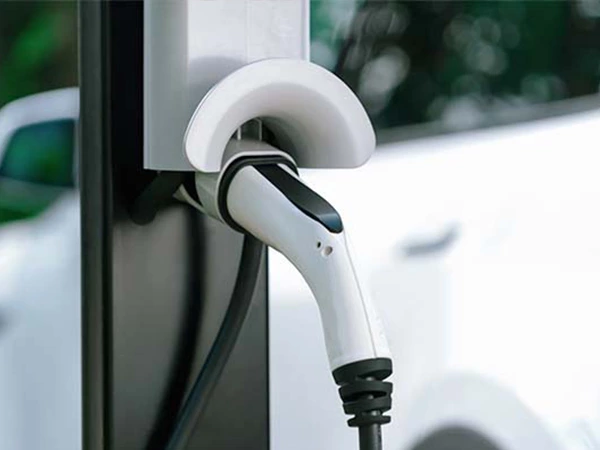
2.Northeast China: Extreme Cold Bus Fast Charging Stations
• Technical solutions:
a. Energy storage battery buffering: Charging stations equipped with lithium-iron battery energy storage systems. In low temperatures, energy storage batteries are charged first, then used to charge vehicles at a constant temperature.
b. Dome-shaped charging canopies: Reducing snow and wind coverage, maintaining pile temperature above -15°C.
• Data: Harbin Bus Group achieved a 40% increase in winter charging efficiency and a 60% reduction in failure rate.
3.Tesla Semi Arctic Circle Testing
• Technical highlights:
a. Dual-mode thermal management: Utilizing motor waste heat for insulation during driving and enabling pile-end liquid thermal circulation during charging.
b. Self-healing electrode coating: Preventing electrode cracks at low temperatures (patent number US2022010932A1).
IV. Guidelines for Manufacturers and Owners
1.Charging Pile Operators
• Selection recommendations: Choose models with IP65 protection rating and supporting -30°C operating conditions (e.g., Tecoo Polar series).
• Operation and maintenance points:
a. Weekly inspection of seals and heating functions in winter.
b. Preheating energy storage systems during low-cost nighttime electricity periods.
2.Electric Vehicle Owners
• Low-temperature charging tips:
a. Wait 5 minutes after plugging in before starting charging (allowing BMS to complete self-check).
b. Prioritize fast charging stations with battery preheating functions.
c. Avoid parking outdoors with battery level below 20%.
Tecoo provides professional charging pile solutions for extreme cold environments, integrating battery preheating technology and cold-resistant design, supporting stable operation at -30°C. We also offer PCBA OEM services, covering high-precision SMT placement and industrial-grade quality control. ISO certified, with cases covering Nordic and Northeast regions. Contact us for technical details and customized solutions.
